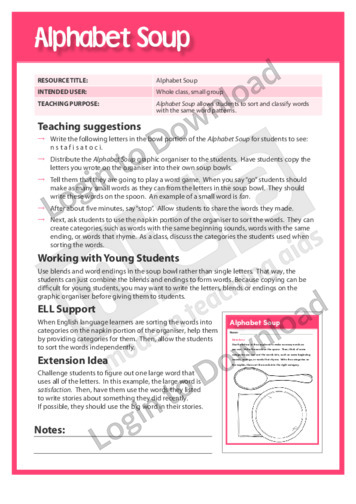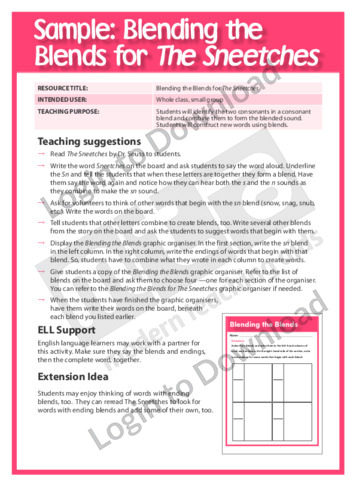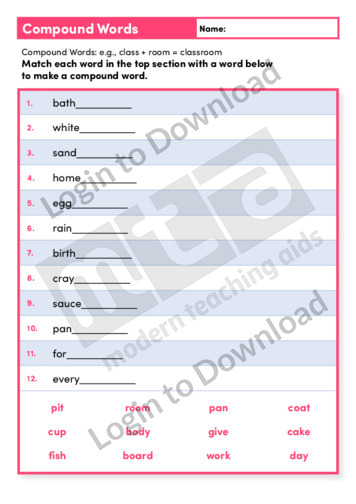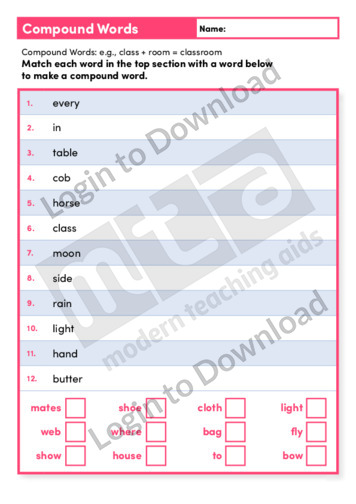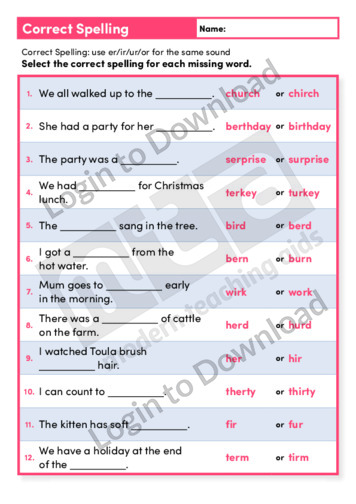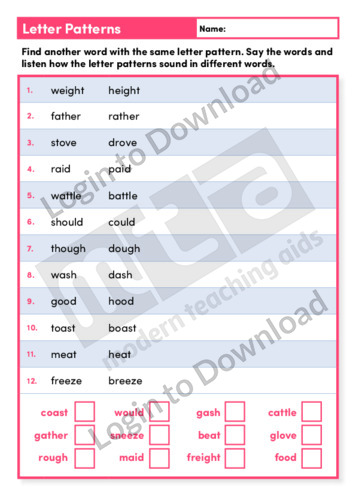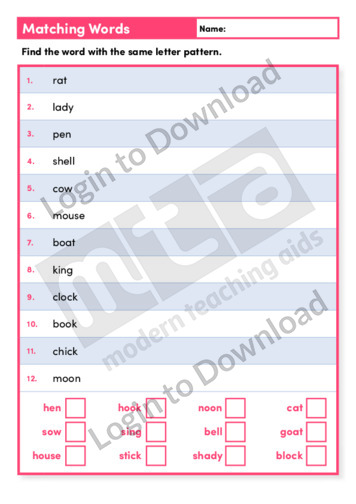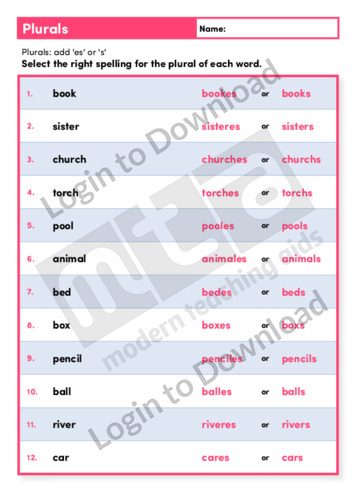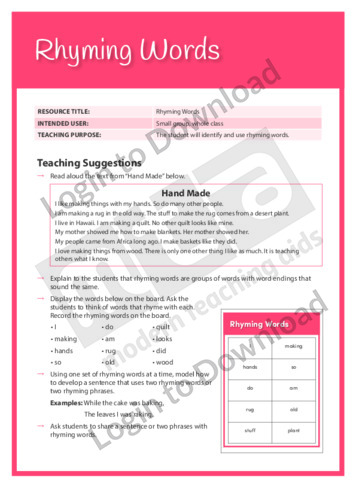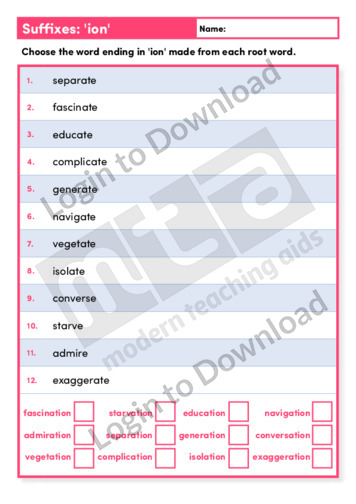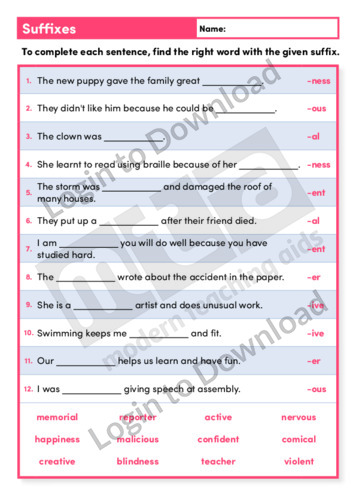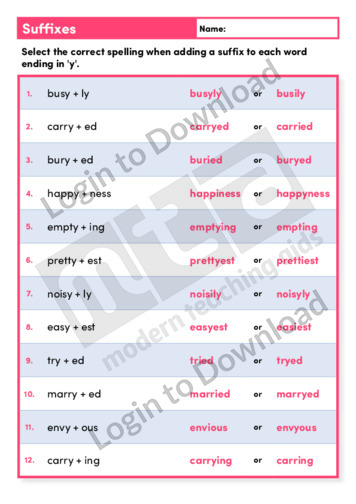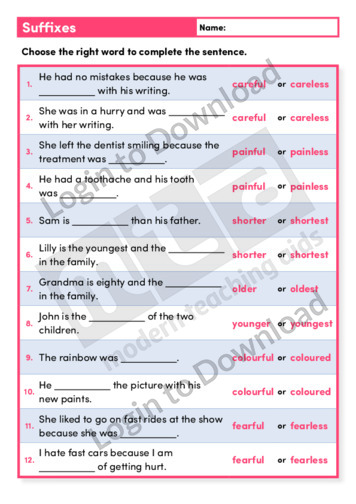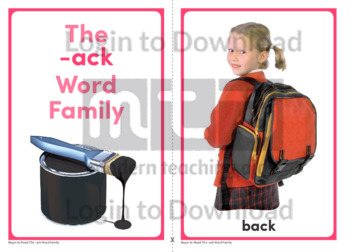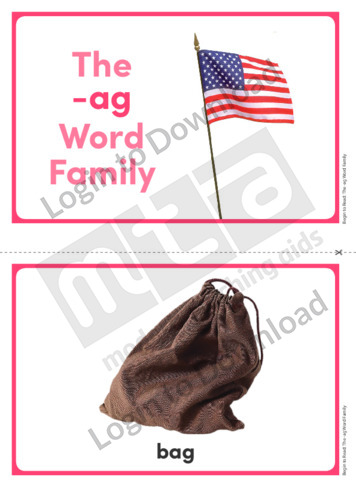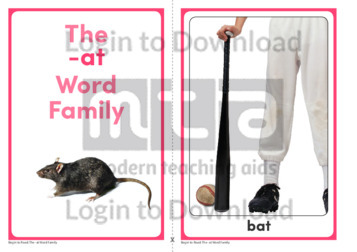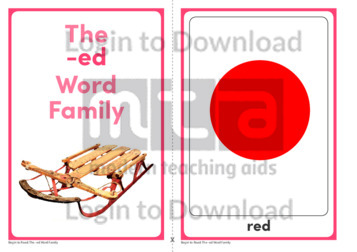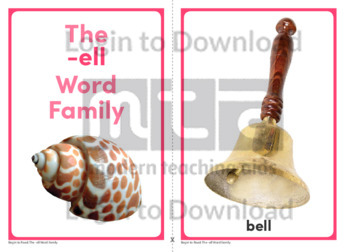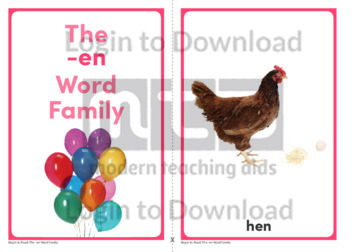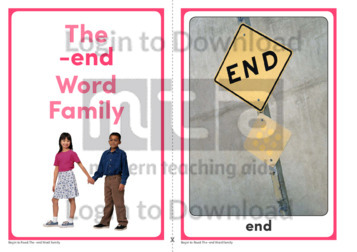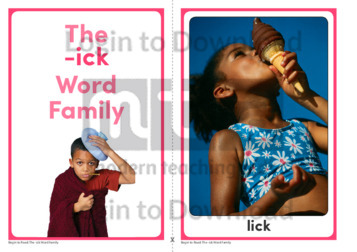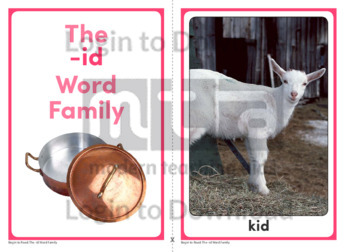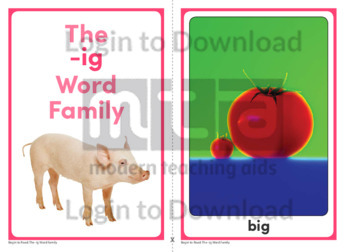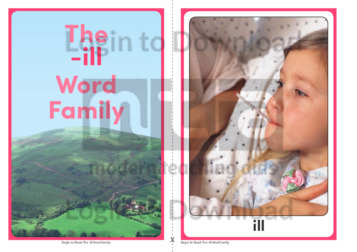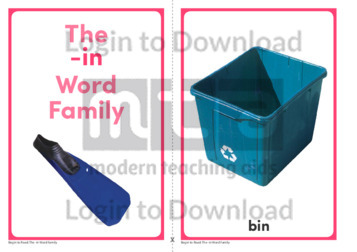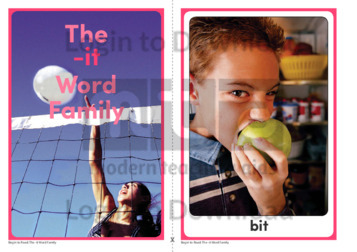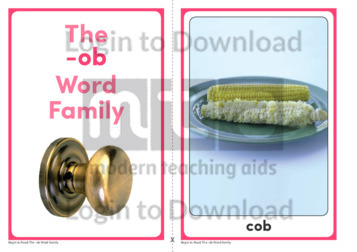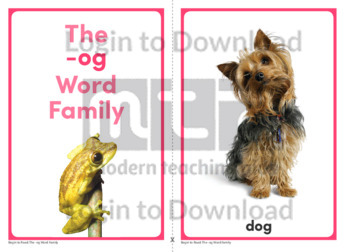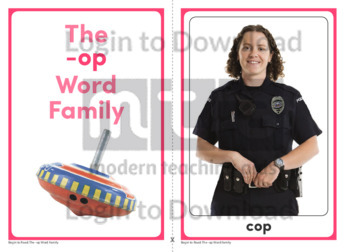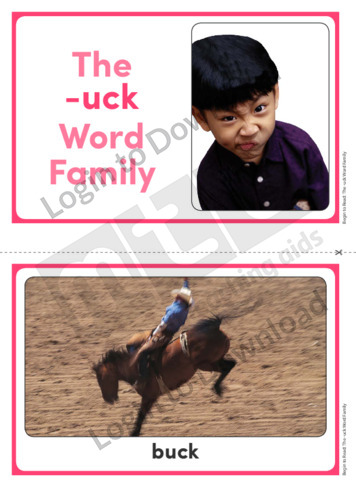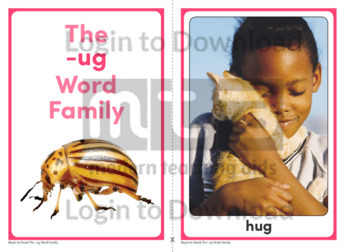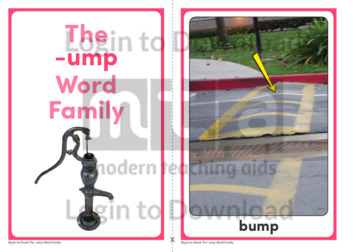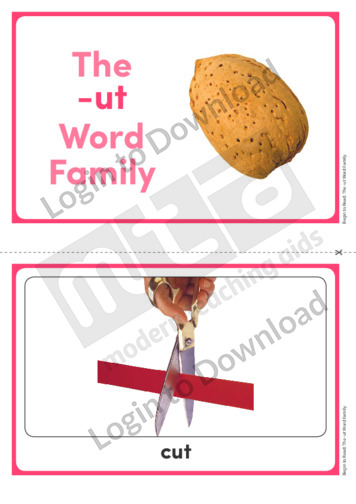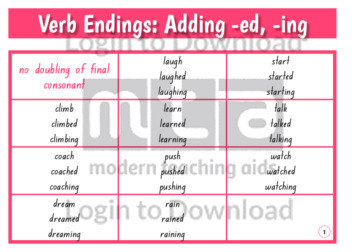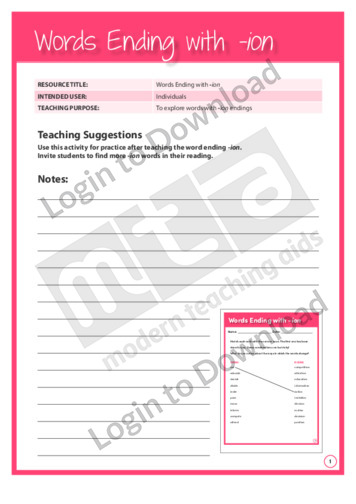This graphic organiser, ‘Alphabet Soup’ allows students to sort and classify words with the same word patterns.
This graphic organiser, ‘Blending the Blends’ asks students to combine two consonants to create a new sound that contains each of the blended letter sounds.
This graphic organiser, ‘Blending the Blends for The Sneetches’ asks students to identify the two consonants in a consonant blend and combine them to form the blended sound.
This spelling activity, ‘Compound Words’ provides opportunities for practice with creating compound words.
This spelling activity, ‘Compound Words’ provides opportunities for practice with creating compound words.
This spelling activity, ‘Correct Spelling’ provides opportunities for practice with correctly spelling words using ‘er’, ‘ir’, ‘ur’, or ‘or’.
This spelling activity, ‘Matching Words’ provides opportunities for practice with recognising similar letter patterns.
This spelling activity, ‘Matching Words’ provides opportunities for practice with recognising similar letter patterns.
This spelling activity, ‘Plurals’ provides opportunities for practice with adding ‘es’ or ‘s’ to create the plural forms of the nouns.
This Writing Traits activity, ‘Rhyming Words’ encourages students to identify and use rhyming words.
This spelling activity, ‘Suffixes ‘ion’ provides opportunities for practice with choosing the root words that match the word with ‘ion’ suffixes.
This spelling activity, ‘Suffixes’ provides opportunities for practice with finding the correct word for the given suffix within the sentence.
This spelling activity, ‘Suffixes’ provides opportunities for practice with finding the correct word for the given suffix within the sentence.
This spelling activity, ‘Suffixes’ provides opportunities for practice with adding suffixes to words ending in ‘y’.
This spelling activity, ‘Suffixes’ provides opportunities for practice with finding the correct word for the given suffix within the sentence.
This begin to read card set, ‘The -eb Word Family’ provides opportunities for recognising word patterns using the ‘-eb’ suffix.
This begin to read card set, ‘The -ack Word Family’ encourages students to recognise word patterns using the ‘-ack’ suffix.
This begin to read card set, ‘The -ad Word Family’ encourages students to recognise word patterns using the ‘-ad’ suffix.
This begin to read card set, ‘The -ag Word Family’ encourages students to recognise word patterns using the ‘-ag’ suffix.
This begin to read card set, ‘The -an Word Family’ encourages students to recognise word patterns using the ‘-an’ suffix.
This begin to read card set, ‘The -ap Word Family’ encourages students to recognise word patterns using the ‘-ap’ suffix.
This begin to read card set, ‘The -at Word Family’ encourages students to recognise word patterns using the ‘-at’ suffix.
This begin to read card set, ‘The -ed Word Family’ encourages students to recognise word patterns using the ‘-ed’ suffix.
This begin to read card set, ‘The -ell Word Family’ encourages students to recognise word patterns using the ‘-ell’ suffix.
This begin to read card set, ‘The -en Word Family’ encourages students to recognise word patterns using the ‘-en’ suffix.
This begin to read card set, ‘The -end Word Family’ encourages students to recognise word patterns using the ‘-end’ suffix.
This begin to read card set, ‘The -et Word Family’ encourages students to recognise word patterns using the ‘-et’ suffix.
This begin to read card set, ‘The -ick Word Family’ encourages students to recognise word patterns using the ‘-ick’ suffix.
This begin to read card set, ‘The -id Word Family’ encourages students to recognise word patterns using the ‘-id’ suffix.
This begin to read card set, ‘The -ig Word Family’ encourages students to recognise word patterns using the ‘-ig’ suffix.
This begin to read card set, ‘The -ill Word Family’ encourages students to recognise word patterns using the ‘-ill’ suffix.
This begin to read card set, ‘The -in Word Family’ encourages students to recognise word patterns using the ‘-in’ suffix.
This begin to read card set, ‘The -ip Word Family’ encourages students to recognise word patterns using the ‘-ip’ suffix.
This begin to read card set, ‘The -it Word Family’ encourages students to recognise word patterns using the ‘-it’ suffix.
This begin to read card set, ‘The -ob Word Family’ encourages students to recognise word patterns using the ‘-ob’ suffix.
This begin to read card set, ‘The -ock Word Family’ encourages students to recognise word patterns using the ‘-ock’ suffix.
This begin to read card set, ‘The -og Word Family’ encourages students to recognise word patterns using the ‘-og’ suffix.
This begin to read card set, ‘The -op Word Family’ encourages students to recognise word patterns using the ‘-op’ suffix.
This begin to read card set, ‘The -ot Word Family’ encourages students to recognise word patterns using the ‘-ot’ suffix.
This begin to read card set, ‘The -ub Word Family’ encourages students to recognise word patterns using the ‘-ub’ suffix.
This begin to read card set, ‘The -uck Word Family’ encourages students to recognise word patterns using the ‘-uck’ suffix.
This begin to read card set, ‘The -ug Word Family’ encourages students to recognise word patterns using the ‘-ug’ suffix.
This begin to read card set, ‘The -ump Word Family’ encourages students to recognise word patterns using the ‘-ump’ suffix.
This begin to read card set, ‘The -un Word Family’ encourages students to recognise word patterns using the ‘-un’ suffix.
This begin to read card set, ‘The -ut Word Family’ encourages students to recognise word patterns using the ‘-ut’ suffix.
This spelling patterns word list, ‘Verb Endings: Adding -ed, -ing’ features high-frequency verbs that follow the regular conjugation rules in the past tense and the present participle. The list includes some of the most commonly occurring examples that children are likely to encounter in early reading exercises. It introduces students to basic grammar principals and …More
This spelling patterns word list, ‘Verb Endings: Changing y to i’ features high-frequency verbs ending in ‘y’ which change to ‘ied’ in the past tense. The list includes some of the most commonly occurring examples that children are likely to encounter in early reading exercises. It introduces students to basic grammar principals and is designed …More
This spelling patterns word list, ‘Verb Endings: Dropping Final e’ features high-frequency verbs that lose their final ‘e’ when conjugated. The list includes some of the most commonly occurring examples that children are likely to encounter in early reading exercises. It introduces students to basic grammar principals and is designed to aid language development.
This vocabulary activity, ‘Words Ending with -ion’ supports language development by encouraging students to explore words with -ion endings. It is aimed at developing students’ awareness of -ion word endings through a fun matching activity.
It�s that easy!

